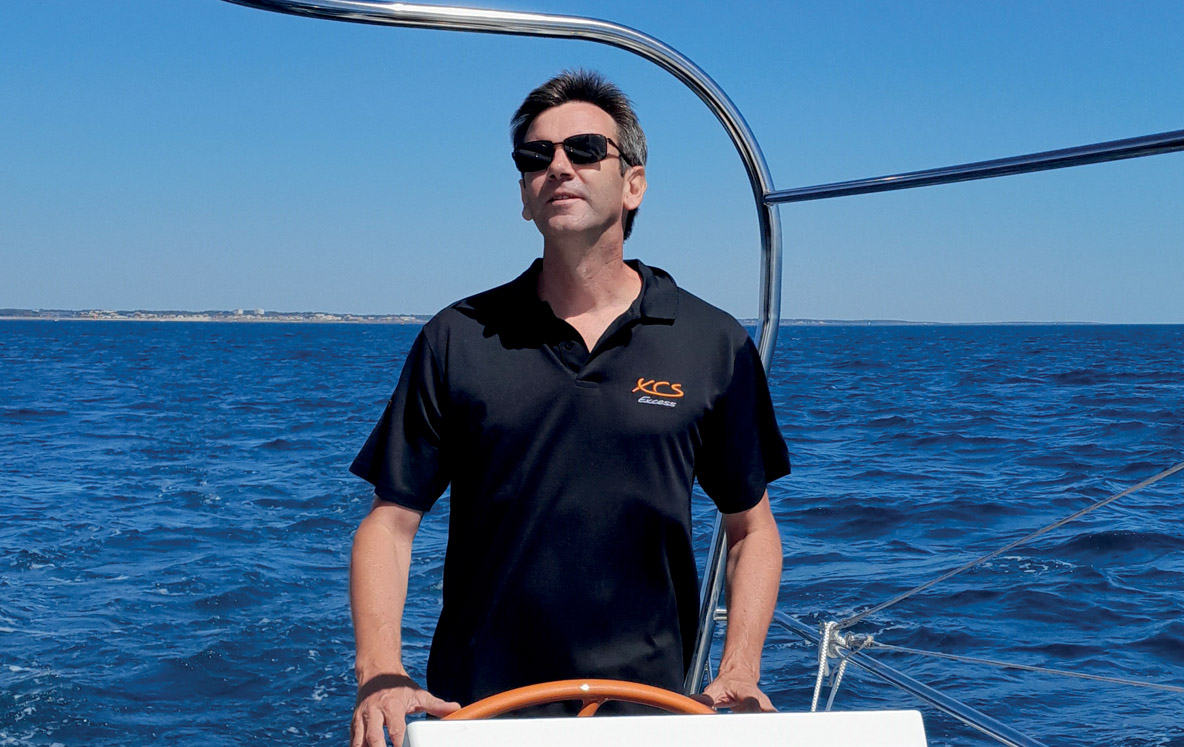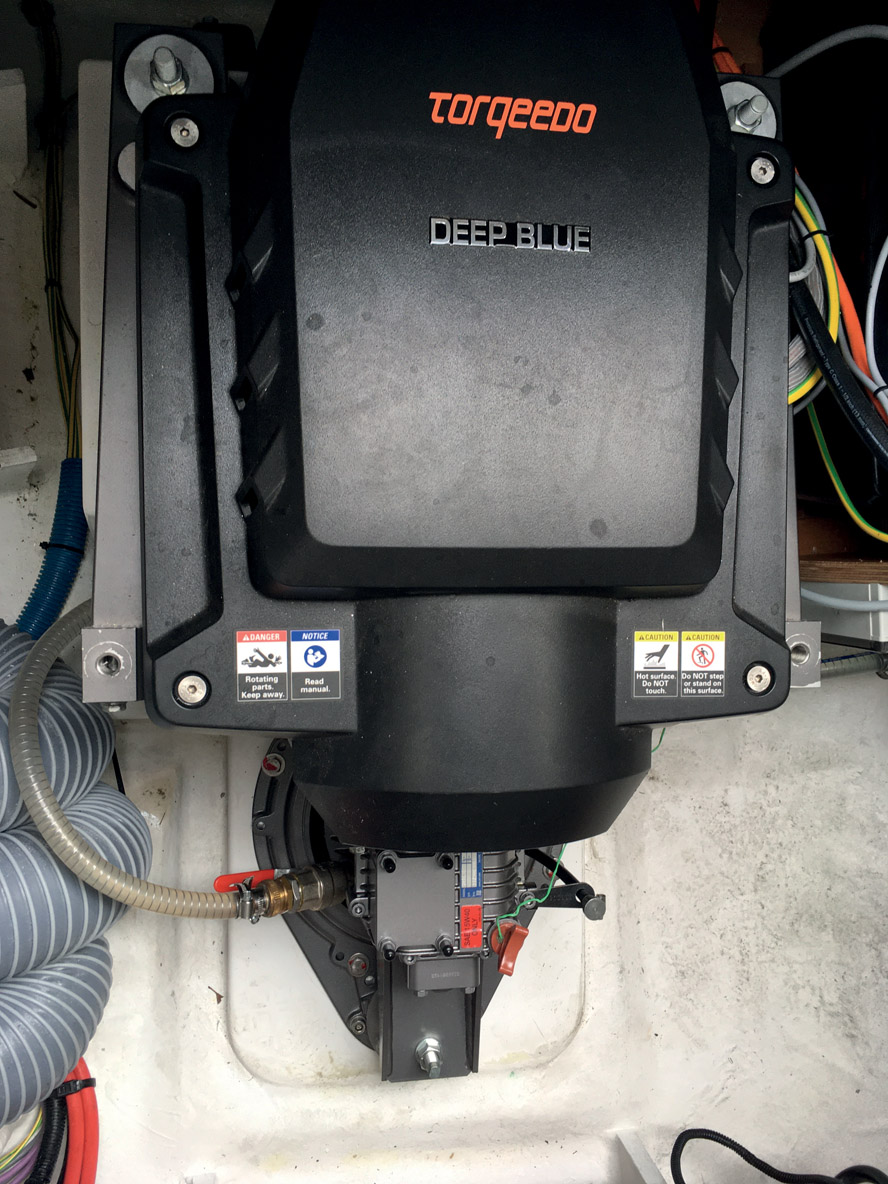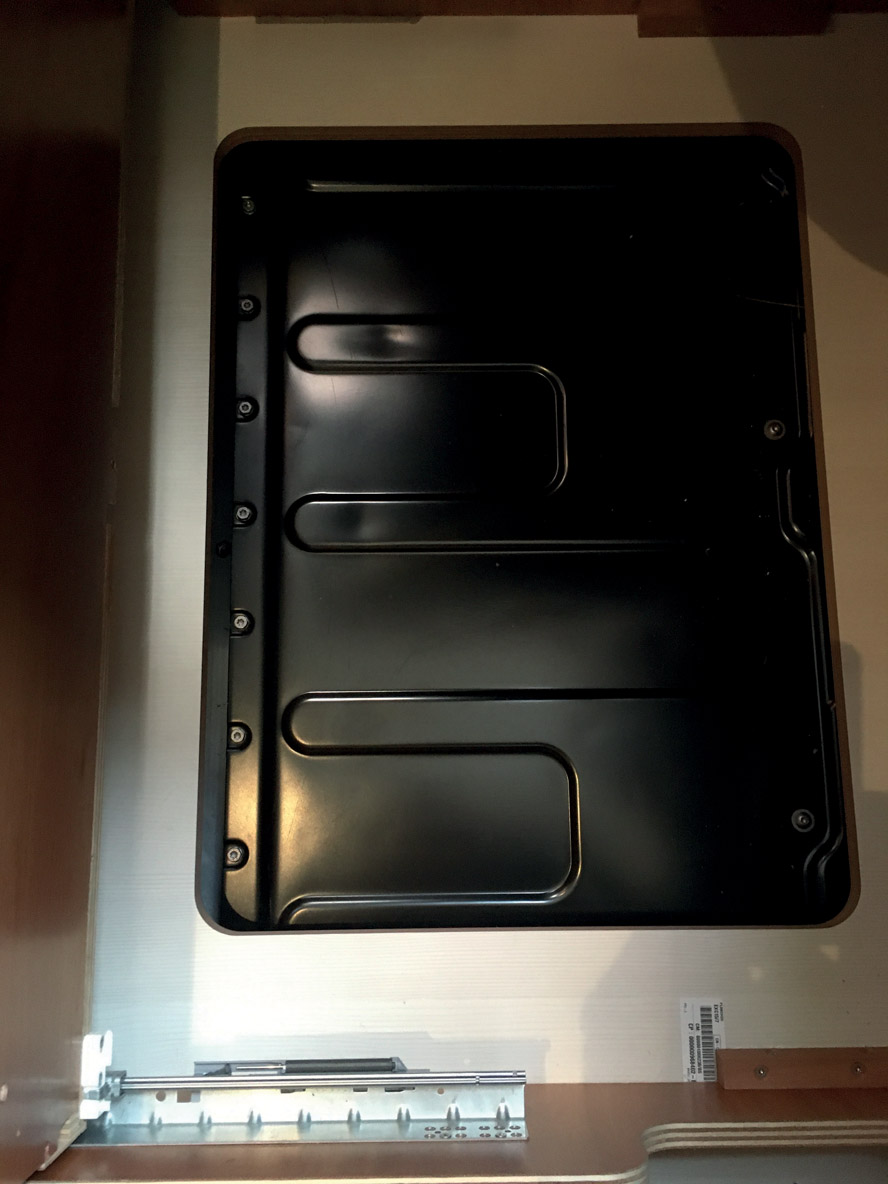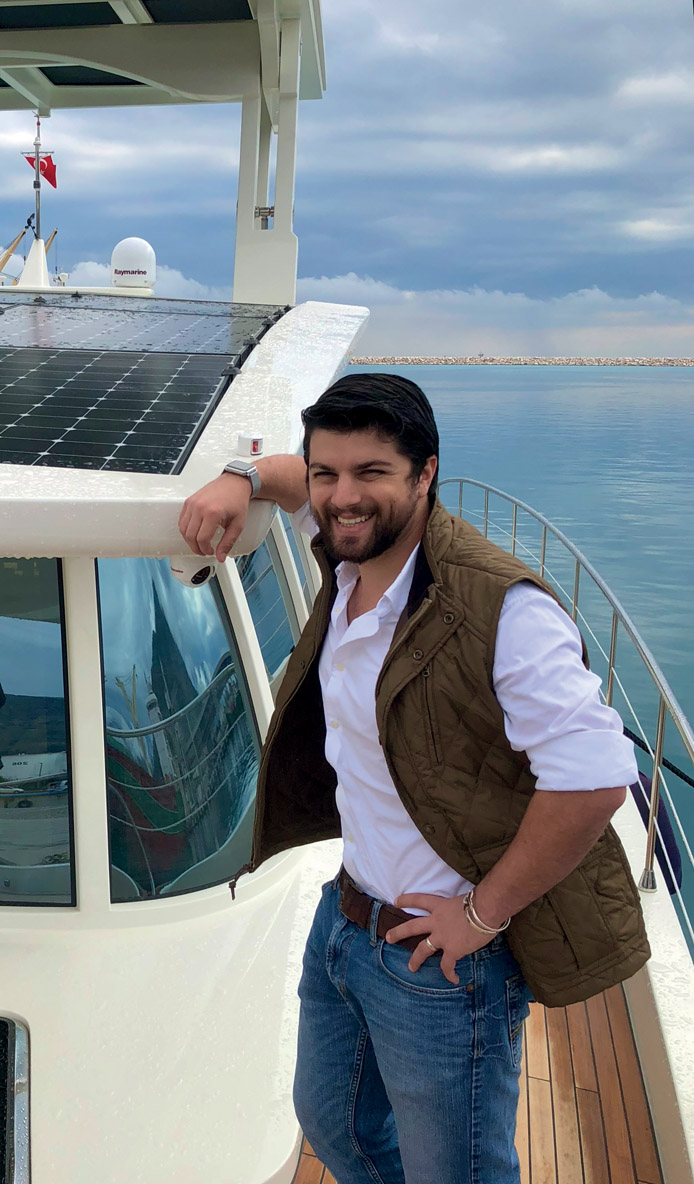
Issue #: SP20
Published: August / September 2023
- Price per issue - digital : 7.90€Digital magazine
- Price per issue - print : 11.90€Print magazine
- Access to Multihulls World digital archives Digital archives
In this issue, our second Forever Green special, which is largely devoted to electric drivetrains, we asked two boatbuilders to talk about the advantages of series and parallel connection. In the first instance, the system components (motor, genset, batteries) are freely arranged, whether separately or together. In the latter, the electric motor is coupled to the internal combustion engine and its alternator, in a single space - the engine compartment.




What readers think
Post a comment
No comments to show.